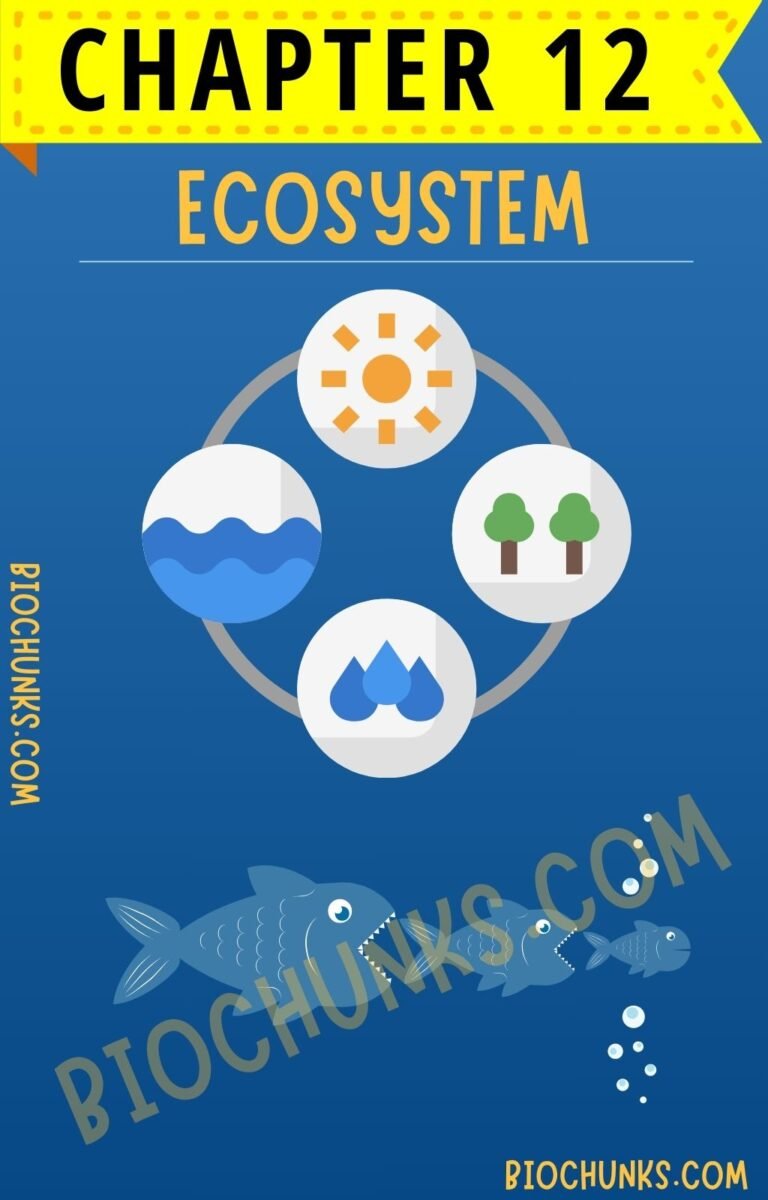Table of Contents (tap to open/close)
Objects Around Us
- We see many different objects around us like chairs, cycles, cooking utensils, books, toys, etc.
- These objects have different shapes, colors, and uses.
Grouping Objects
- Objects can be grouped by shape:
- Round objects: rubber ball, football, glass marble.
- Nearly round objects: apples, oranges, earthen pitcher (gharha).
- Objects can also be grouped by materials they are made of:
- Plastic objects: buckets, lunch boxes, toys, water containers, pipes.
Materials Objects are Made Of
- Common materials: glass, metal, plastic, wood, cotton, paper, mud, soil.
Activity 1: Collecting Objects (click here)
- Collect objects from home, classroom, or outside.
- Examples: chalk, pencil, notebook, rubber, duster, hammer, nail, soap, bat, matchbox, salt, potato.
- Think of objects you can’t bring: wall, trees, doors, tractor, road.
- Separate object
- Group 1: Objects made from paper or wood.
- Group 2: Objects not made from paper or wood.
Activity 2: Listing Materials and Objects
- Make a table with common materials and list objects made from each material.
- Discover:
- Objects can be made from one or many materials.
- One material can make many different objects.
Understanding Materials
- To decide which material to use for an object, learn more about different materials.
Properties of Materials
Choosing Materials for Objects
- Purpose and properties matter:
- We use tumblers to hold liquids, so they need to be made of materials like glass, plastic, or metal, not cloth.
- Cooking vessels shouldn’t be made of paper-like materials.
Key Properties of Materials
Appearance
- Different looks:
- Wood looks different from iron.
- Iron, copper, and aluminum might look similar to each other but not like wood.
Activity 3:
- Collect small pieces of materials: paper, cardboard, wood, copper wire, aluminum sheet, chalk.
- Check for shiny surfaces (lustre) by cutting or rubbing with sandpaper.
- Metals like iron, copper, aluminum, and gold have lustre but can appear dull due to air and moisture.
Hardness
- Hard vs. Soft:
- Some materials are hard to compress (e.g., iron), while others are easy to compress (e.g., cotton, sponge).
- Test hardness by scratching different materials with a metal key.
Soluble or Insoluble
Activity 4
Testing Solids:
- Collect samples: sugar, salt, chalk powder, sand, sawdust.
- Mix each with water and observe.
- Results:
- Soluble: sugar, salt (disappear in water).
- Insoluble: chalk powder, sand, sawdust (do not disappear).
Activity 5
- Testing Liquids:
- Collect samples: vinegar, lemon juice, mustard oil, coconut oil, kerosene.
- Mix each with water and observe.
- Results:
- Mix with water: vinegar, lemon juice.
- Do not mix: mustard oil, coconut oil, kerosene (form separate layer).
- Gases in Water:
- Some gases are soluble in water.
- Oxygen dissolved in water is crucial for aquatic life.
Gases in Water:
- Some gases are soluble in water.
- Oxygen dissolved in water is crucial for aquatic life.
Objects May Float or Sink in Water
- Observation: When mixing materials in water:
- Insoluble solids separate out.
- Some float, and some sink.
- Examples:
- Float: Dried leaves, plastic bottle caps, oil drops, wooden pieces, foam.
- Sink: Stones, metal keys, marbles, coins, honey drops.
- Experiment: Test if materials float or sink in oil.
Transparency
- Transparent Materials: Things can be seen clearly through them.
- Examples: Glass, water, air, some plastics.
- Use: Shopkeepers use transparent containers to display items like biscuits and sweets.
- Opaque Materials: Things cannot be seen through them.
- Examples: Wood, cardboard, metals.
- Use: Opaque boxes hide their contents.
- Translucent Materials: Things can be seen but not clearly.
- Examples: Oiled paper, frosted glass.
- Experiment: Look through a sheet of paper, then spread oil on it and look again. The light is more visible, but not clear.
Grouping Materials
- Purpose:
- Helps in locating items easily.
- Makes studying properties and observing patterns easier.
- Examples:
- At home: Storing similar objects together.
- In a shop: Keeping biscuits, soaps, and grains in separate areas.
Conclusion
- Materials have different properties.
- They can be grouped based on how they mix in water, float or sink, and their transparency.
- Grouping helps in studying and using materials effectively.
Chapter Summary:
- Objects around us are made from many different materials.
- A material can be used to make many objects.
- An object can be made of a single material or many materials.
- Different materials have different properties.
- Some materials are shiny, while others are not.
- Some materials are rough, while others are smooth.
- Some materials are hard, while others are soft.
- Some materials dissolve in water, while others do not.
- Some materials, like glass, are transparent.
- Some materials, like wood and metals, are opaque.
- Some materials are translucent.
- Materials are grouped by their similarities and differences.
- Grouping materials helps us study their properties and is convenient.
Keywords
| Serial No. | Keywords | Serial No. | Keywords |
|---|---|---|---|
| 1 | Hard | 6 | Opaque |
| 2 | Insoluble | 7 | Rough |
| 3 | Lustre | 8 | Soluble |
| 4 | Material | 9 | Translucent |
| 5 | Metals | 10 | Transparent |



